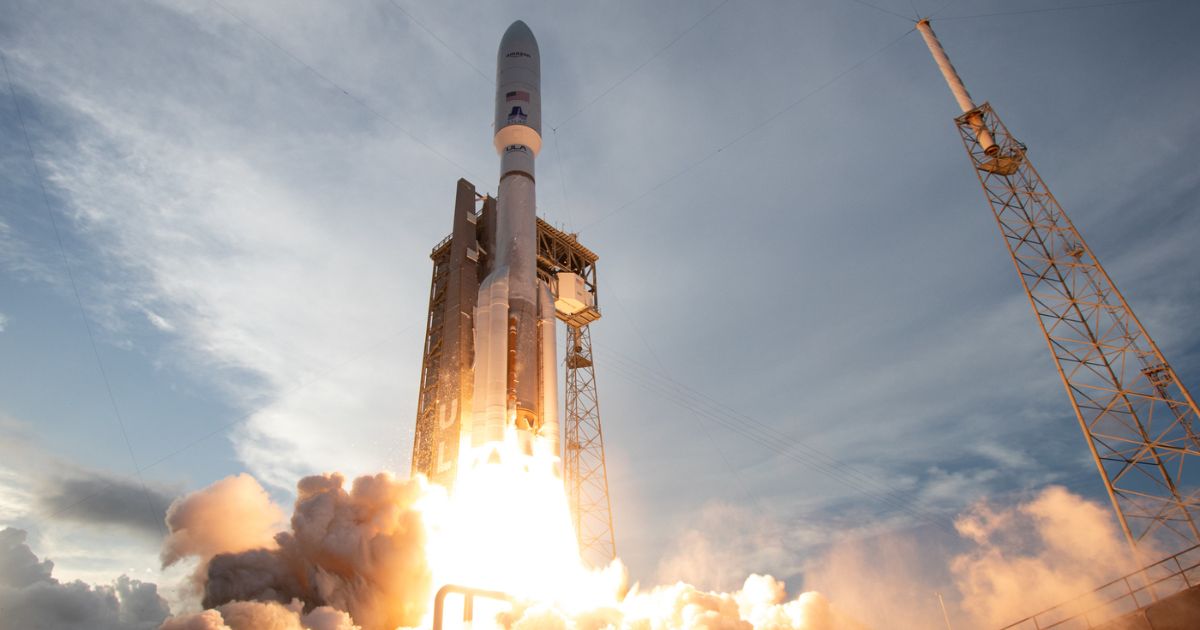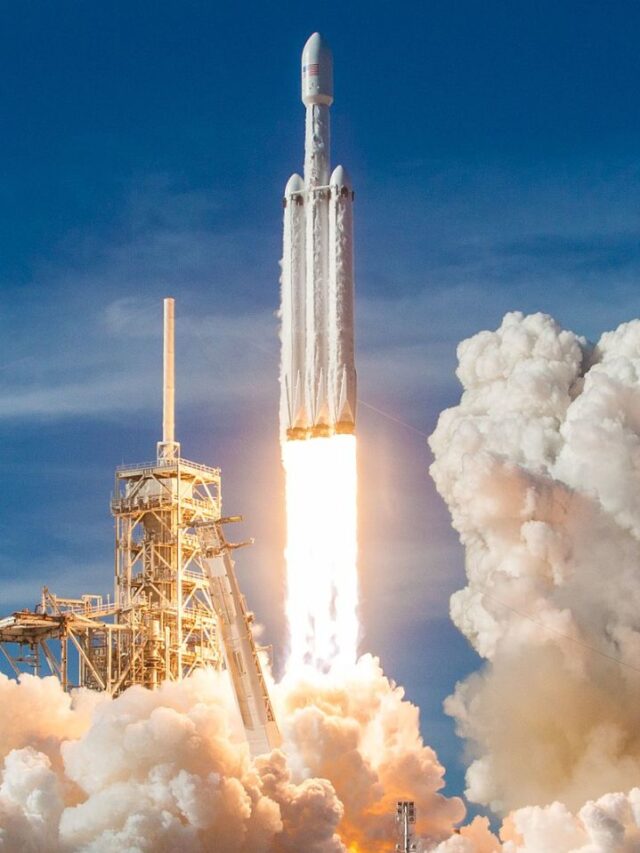28 Starlink Satellites Launched by SpaceX from Cape Canaveral on July 26, 2025, in a successful Falcon 9 mission marking the first of two Starlink launches planned for the day.
28 Starlink Satellites Launched by SpaceX in Major Florida Mission

On July 26, 2025, a significant milestone was achieved as 28 Starlink Satellites Launched by SpaceX from Cape Canaveral Space Force Station in Florida. The early morning launch, scheduled at 5:01 a.m. EDT (0901 GMT), marks the first of two planned missions for the day, highlighting SpaceX’s unmatched capability in rapid, reliable, and reusable launch operations.
Mission Overview: 28 Starlink Satellites Launched by SpaceX
Falcon 9 delivers 28 @Starlink satellites to orbit from Florida pic.twitter.com/YSGFq2NHKS
— SpaceX (@SpaceX) May 2, 2025
The historic liftoff took place from Space Launch Complex 40 (SLC-40), where the Falcon 9 rocket carried the payload into low Earth orbit (LEO). Just nine minutes after launch, the upper stage successfully reached a preliminary orbit. An hour later, 28 Starlink Satellites Launched by SpaceX were deployed, expanding the global Starlink broadband network.
SpaceX confirmed the deployment on X, stating:
“Deployment of 28 Starlink satellites confirmed.”
This addition strengthens SpaceX’s ambitious plan to create a global internet coverage network powered by thousands of satellites in LEO.
Booster B1078 Achieves 22nd Flight
As part of the mission, Falcon 9’s first stage booster (B1078) separated from the upper stage about two minutes into ascent and successfully landed on the autonomous droneship “A Shortfall of Gravitas” stationed in the Atlantic Ocean. This landing marks the 22nd flight of this booster, making it one of SpaceX’s most reused rockets.
The ability to reuse boosters like B1078 is a cornerstone of SpaceX’s business model, reducing launch costs and making missions like 28 Starlink Satellites Launched by SpaceX feasible on a large scale.
Why 28 Starlink Satellites Launched by SpaceX Matters
Falcon 9 launches 28 @Starlink satellites to orbit from Florida pic.twitter.com/QOwBRtOCEl
— SpaceX (@SpaceX) July 26, 2025
The deployment of these satellites is critical to improving high-speed internet services globally. The Starlink network targets underserved and remote regions, ensuring reliable connectivity even where traditional infrastructure is unavailable. By adding 28 Starlink Satellites Launched by SpaceX, the constellation now offers stronger coverage and lower latency for millions of users.
With competitors entering the satellite internet market, SpaceX continues to maintain a dominant position by executing frequent, successful launches at scale.
Doubleheader Launch: What’s Next After 28 Starlink Satellites Launched by SpaceX?
While the Florida launch grabbed headlines, it was only the beginning of an intense day for SpaceX. Later in the evening, another 24 Starlink satellites were scheduled to launch from Vandenberg Space Force Base in California at 8:55 p.m. PDT (11:55 p.m. EDT). This rare Saturday doubleheader highlights SpaceX’s operational strength and ability to execute multiple missions within 24 hours.
Recent Challenges: Starlink Outage
Interestingly, the success of 28 Starlink Satellites Launched by SpaceX comes just two days after a global outage affected Starlink services for 2.5 hours. The issue was attributed to a failure of key internal software services operating the core network, as SpaceX explained on social media.
The company’s quick recovery and uninterrupted launch schedule reinforce its resilience and long-term commitment to customer satisfaction.
Reusable Rockets: The Key to Frequent Launches
The Falcon 9’s reusability is a game-changer for the space industry. By recovering and reusing boosters, SpaceX dramatically reduces costs, enabling missions like 28 Starlink Satellites Launched by SpaceX to become routine rather than exceptional.
This approach is environmentally responsible and paves the way for future missions, including crewed flights to Mars and beyond.
Global Impact of 28 Starlink Satellites Launched by SpaceX
The launch of these satellites is not just a technical achievement; it is a step toward bridging the global digital divide. With Starlink broadband services, schools, businesses, and communities in remote regions gain access to high-speed internet, unlocking new educational and economic opportunities.
The latest mission, featuring 28 Starlink Satellites Launched by SpaceX, demonstrates how satellite technology is transforming connectivity worldwide.
✅ Key Mission Facts at a Glance
- Launch Date: July 26, 2025
- Launch Time: 5:01 a.m. EDT (0901 GMT)
- Location: Cape Canaveral Space Force Station, Florida
- Rocket: SpaceX Falcon 9
- Payload: 28 Starlink Satellites Launched by SpaceX
- Orbit: Low Earth Orbit (LEO)
- Landing: A Shortfall of Gravitas droneship (Atlantic Ocean)
- Booster: B1078 (22nd flight)
- Next Launch: 24 satellites from California
✅ Frequently Asked Questions (FAQs)
Q1. How many Starlink satellites were deployed in the latest mission?
A total of 28 Starlink Satellites Launched by SpaceX into low Earth orbit on July 26, 2025.
Q2. Where did the launch take place?
The liftoff occurred from Cape Canaveral Space Force Station in Florida.
Q3. Why is this launch important?
By adding 28 Starlink Satellites Launched by SpaceX, the network enhances global internet coverage and reduces latency.
Q4. Was the booster reused?
Yes, the B1078 booster completed its 22nd mission, landing on a droneship for recovery.
Q5. When is the next Starlink launch?
Later the same day, 24 more Starlink satellites launched from Vandenberg Space Force Base in California.


